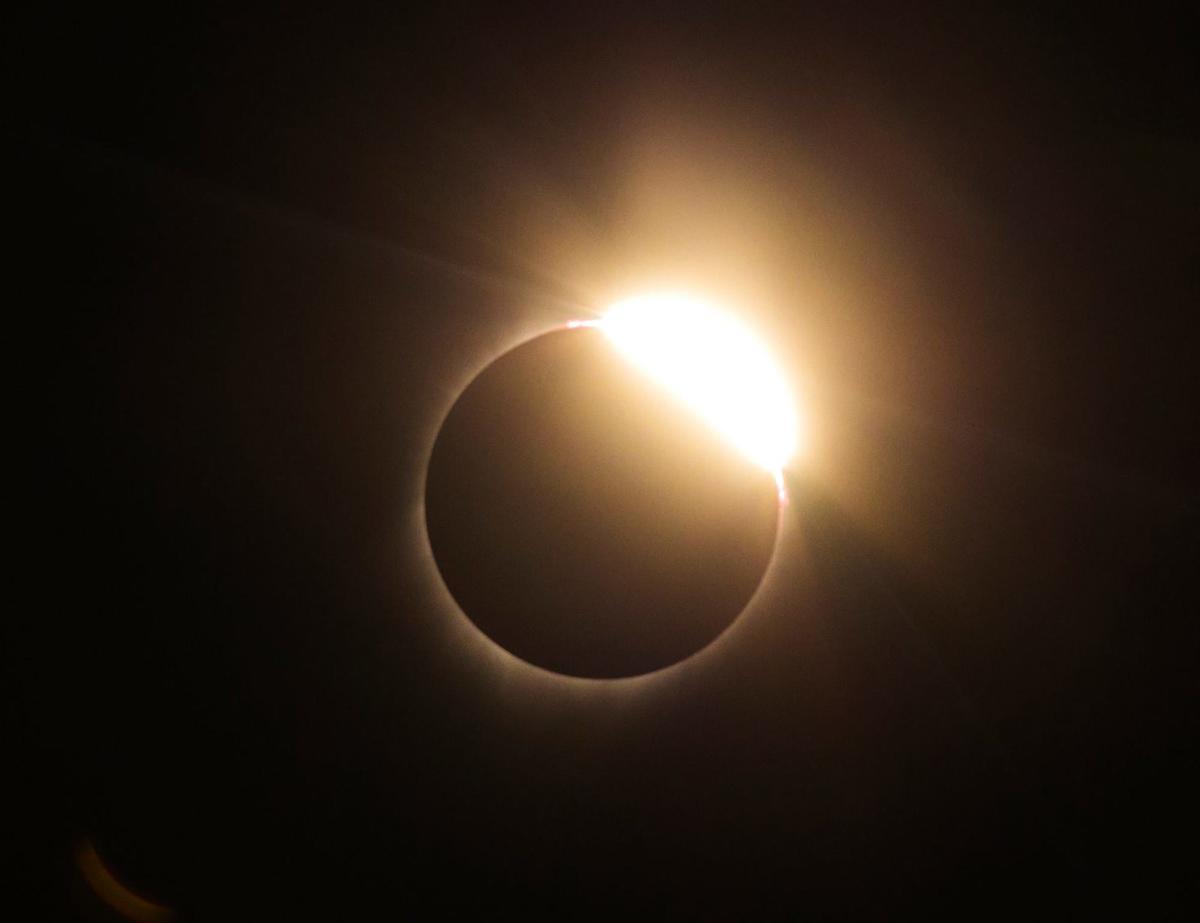Hurricane forecasters these days have an array of high-tech tools to determine where storms are bound, everything from satellites and drones to computer models that crunch constantly changing atmospheric data into predictive algorithms.
But there are two old-school early indicators of a dangerous storm that many hurricane experts still monitor — ones that are particularly important for Florida.
They’re called the Hebert Boxes, two relatively small (geographically speaking) areas on the map — one in the Atlantic Ocean, roughly east of Puerto Rico and the other in the Caribbean Sea between Central America and Cuba. If a hurricane passes through those 335-mile by 335-mile boxes, history shows there is an extremely high chance it will wind up slamming the Florida coast somewhere.
The boxes are named after Paul Hebert, a pioneering meteorologist who first identified those trouble zones in the late 1970s, who died last month in Lakeland. Hebert, also one of the first specialists hired at the National Hurricane Center, was 91.
The New Orleans native and Florida State University alumnus had a stellar career in South Florida. He served as deputy director of the NHC and also was meteorologist in charge for the National Weather Service in Miami. On his last day at the NHC, then Miami-Dade Mayor Alex Penelas proclaimed that July 6, 1998 would be Paul J. Hebert day and awarded him the keys to the city.
Hebert paved the way for many forecasters, including former NHC director Max Mayfield, helping them learn the mercurial ways of tropical cyclones.
Mayfield moved to Miami from Oklahoma as an intern not knowing much about hurricanes. Hebert took it upon himself to school him.
“He was a walking encyclopedia about United States hurricanes,” Mayfield said. “You didn’t have to ask him about it, he would just tell you.”
Mayfield called Hebert a “legend in the cyclone community” whose passion for historical research helped refine hurricane forecasting and tracking. His work produced publications like “The Deadliest, Costliest, and Most Intense United States Tropical Cyclones from 1851 to 2010.”
Hebert lived and breathed the weather, especially hurricanes, according to his friends and family.
“He moved there [Miami] in ‘66 and I think he was really excited to be in South Florida where hurricanes come. But he would have told you, ‘I was kind of bummed out, because the first hurricane that really hit South Florida was Hurricane Andrew in 1992.’ He would always say, ‘I had to wait 26 years to see an actual hurricane,’” said John Hebert, the second of five children to Paul Hebert and his wife, Margaret.
His son remembers growing up around storm pictures hung on the walls at home. One showed Hurricane Gilbert, which used to be the most intense tropical cyclone ever recorded in the Atlantic basin. He also had a rain gauge at home, data he continued to send to the National Weather Service long after he retired.
“Even checking the rain gauge, he was excited just to see how much rain we got,” John Hebert said.
The finding that would define his career came in the late 1970s as he pored over the history of storm tracks and discovered that almost every major hurricane that hit Florida had gone through two geographical areas he outlined on maps.
They would be known ever since as the Hebert Boxes and, nearly a half century later, many hurricane researchers and forecasters still cite them as references — and paths to worry about for Floridians. Not every storm that has hit Florida passes through them but the vast majority of majors storms have. There are a few exceptions, including the very notable Hurricane Andrew, a Category 5 monster that buzz-sawed South Miami-Dade in 1992 and was then the most expensive hurricane in U.S. history.
The Hebert Boxes are seasonal. The first one east of Puerto Rico is typically a good signal for storms between June and early September. The second box centered over the Cayman Islands signals storms between late September and late October.
“We worry plenty in August and September when one goes through that box, and we have a certain comfort level when one misses the box,” Paul Hebert told the Miami Herald in 2001.
Robert Molleda, the current meteorologist in charge for the National Weather Service in Miami, said Hebert Boxes aren’t used as often because of today’s technology — but it’s a good rule of thumb for explaining where a hurricane is going to land to the public.
Molleda credits Paul Hebert for giving him his start in the field after hiring him for the first time when he was in college.
“He opened the door for me,” Molleda said.
Aside from chasing storms, Paul Hebert was a sports fan, from watching to participating in them. He was a proud Miami Marlins season ticket holder and attended the 1997 World Series, the first World Series championship for the Marlins. He would go bowling in a league with coworkers and was an avid golfer. Once, he even won a Volkswagen Beetle in a hole-in-one contest.
Signup bonus from





